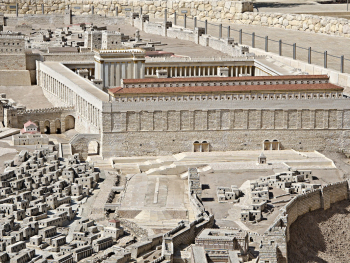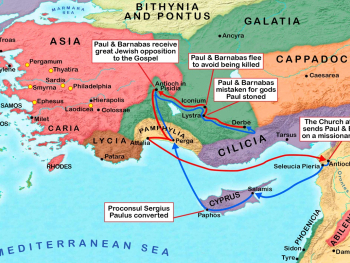Teaching Bible history in the classroom can be a rewarding but challenging task. As educators, we have the responsibility to present this rich and diverse subject matter in a way that is engaging, respectful, and informative. Whether you're teaching in a public school setting or within a religious institution, here are some valuable tips and resources to help you navigate the complexities of teaching Bible history effectively.
1. Understand the Context
Before diving into the curriculum, take the time to understand the cultural, historical, and religious contexts surrounding the Bible. Familiarize yourself with the major events, figures, and themes, as well as the different interpretations and perspectives within various religious traditions. This background knowledge will provide a solid foundation for your teaching and enable you to address questions and concerns that may arise.
2. Choose Appropriate Materials
Selecting appropriate materials is crucial when teaching Bible history. Look for textbooks, lesson plans, and supplementary resources that are age-appropriate, academically sound, and culturally sensitive. Consider using a variety of formats, such as visual aids, multimedia presentations, and interactive activities, to cater to different learning styles and preferences.
3. Encourage Critical Thinking
Encourage critical thinking and open dialogue in your classroom discussions. Encourage students to ask questions, explore different perspectives, and engage in respectful debate. Provide opportunities for students to analyze primary sources, interpret historical evidence, and draw their own conclusions about the significance of Bible history in shaping world civilizations.
4. Foster Respect and Inclusion
Create a classroom environment that fosters respect, inclusion, and empathy towards students from diverse religious and cultural backgrounds. Emphasize the importance of tolerance, understanding, and mutual respect when discussing sensitive topics related to religion and spirituality. Encourage students to share their own beliefs and experiences while also being mindful of the beliefs and experiences of others.
5. Use Technology and Multimedia
Harness the power of technology and multimedia to enhance your teaching of Bible history. Incorporate interactive maps, virtual tours, online videos, and educational websites to bring ancient civilizations and biblical narratives to life. These digital resources can help engage students and make the material more accessible and relatable.
6. Collaborate with Colleagues and Experts
Collaborate with colleagues, religious leaders, and subject matter experts to enrich your teaching of Bible history. Seek out professional development opportunities, workshops, and conferences where you can exchange ideas, share best practices, and learn from others in the field. Building a network of support and expertise will enhance your confidence and effectiveness as a Bible history educator.
7. Respect Legal and Ethical Boundaries
Finally, be mindful of legal and ethical boundaries when teaching Bible history in a public school setting. Respect the separation of church and state and adhere to guidelines and regulations governing the teaching of religion in the classroom. Focus on presenting the material in an objective, academic manner, while also acknowledging its cultural and historical significance.
Teaching Bible history in the classroom offers a unique opportunity to explore the rich tapestry of human civilization and spirituality. By following these tips and utilizing the resources available to you, you can create a dynamic and engaging learning experience that inspires curiosity, fosters critical thinking, and promotes respect for diverse perspectives and beliefs.






